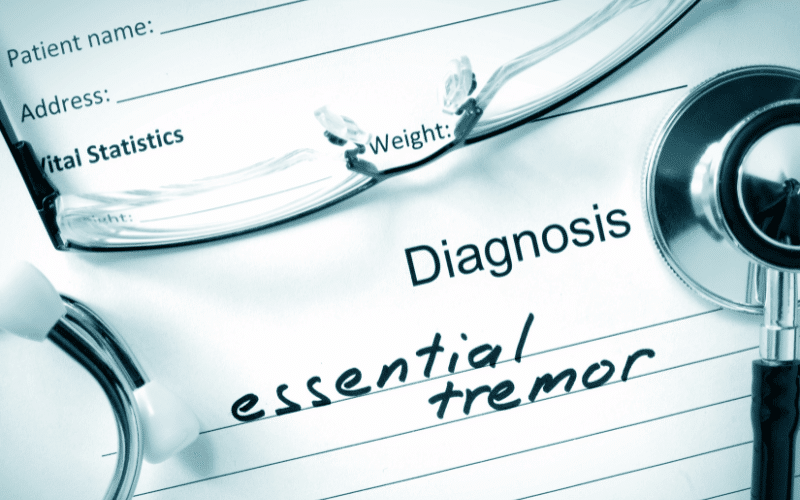FAQs About Essential Tremor Symptoms
Advertisements
 Advertisements
Advertisements
1. Can essential tremor symptoms worsen over time?
Yes, essential tremor symptoms can worsen over time. The progression of the condition varies from person to person, with some individuals experiencing a gradual increase in tremor severity, while others may notice more rapid changes. Regular consultations with healthcare professionals can help monitor symptom progression and adjust treatment plans accordingly.
2. Are there any triggers that can exacerbate essential tremor symptoms?
Several factors can exacerbate essential tremor symptoms, including stress, anxiety, fatigue, caffeine consumption, and exposure to extreme temperatures. Identifying and managing these triggers can help reduce the severity and frequency of tremors and improve overall quality of life.
3. Can essential tremor be confused with other movement disorders, such as Parkinson’s disease?
Yes, essential tremor can sometimes be confused with other movement disorders, such as Parkinson’s disease, due to overlapping symptoms like tremors. However, there are key differences between the two conditions, including the type of tremors (resting tremors in Parkinson’s and action tremors in essential tremor) and the presence of additional motor symptoms in Parkinson’s. Accurate diagnosis is crucial for appropriate treatment and management.
4. Can essential tremor symptoms be managed with medication?
Medications can help manage essential tremor symptoms in some individuals. Commonly prescribed medications include beta-blockers, anti-seizure medications, and benzodiazepines. However, not all individuals respond to medications, and side effects may be experienced. It’s essential to work closely with healthcare professionals to find the most suitable treatment option.
5. Are there any non-pharmacological treatments available for essential tremor symptoms?
Yes, several non-pharmacological treatments can help manage essential tremor symptoms, including physical therapy, occupational therapy, relaxation techniques, and lifestyle modifications. In more severe cases, surgical interventions such as deep brain stimulation or focused ultrasound may be considered.
Understanding and addressing the various essential tremor symptoms is crucial for effective symptom management and improved quality of life. Collaborating with healthcare professionals, implementing lifestyle changes, and exploring various treatment options can help individuals with essential tremor maintain their independence and lead fulfilling lives.
6. Can essential tremor affect people of all ages?
While essential tremor can affect people of all ages, it is more commonly observed in middle-aged and older individuals. The condition often begins in adulthood, with the likelihood of developing essential tremor increasing with age. However, it is not exclusive to older adults, and younger people, including children, can also develop the condition.
Conclusion: Understanding and Managing Essential Tremor Symptoms
Recognizing and understanding the top 10 essential tremor symptoms is crucial for early diagnosis and effective management of the condition. By addressing the physical, emotional, and cognitive challenges associated with essential tremor, individuals can work with healthcare professionals to develop comprehensive treatment plans that improve their quality of life and maintain their independence.